|
My research interests are related with the study of complex systems by means of complex networks. In particular, I am interested in applying the models and techniques of statistical physics to the study of complex systems made of many elements interacting among them. Such systems are, in fact, well described by means of complex networks.
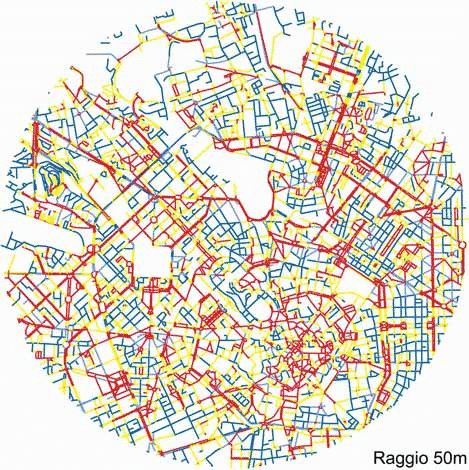 The first part of my research career has been devoted to the study of the structural properties of networked systems. More in detail, I have focused my attention towards the study of spatial systems and networks of urban street patterns. I have tried to understand not only the mere structural properties of those systems, but rather, how the shape of the system affects the distribution of importance (centrality) of its elements. Also, I have studied the change in the centrality of the streets of a city when this is computed using global or local information available (because centrality is percieved differently by a pedestrian or by a someone driving a car). Another interesting question I have tried to address, regards the relation that exist between the
centrality of a place, and the density of commercial activities. The first part of my research career has been devoted to the study of the structural properties of networked systems. More in detail, I have focused my attention towards the study of spatial systems and networks of urban street patterns. I have tried to understand not only the mere structural properties of those systems, but rather, how the shape of the system affects the distribution of importance (centrality) of its elements. Also, I have studied the change in the centrality of the streets of a city when this is computed using global or local information available (because centrality is percieved differently by a pedestrian or by a someone driving a car). Another interesting question I have tried to address, regards the relation that exist between the
centrality of a place, and the density of commercial activities.
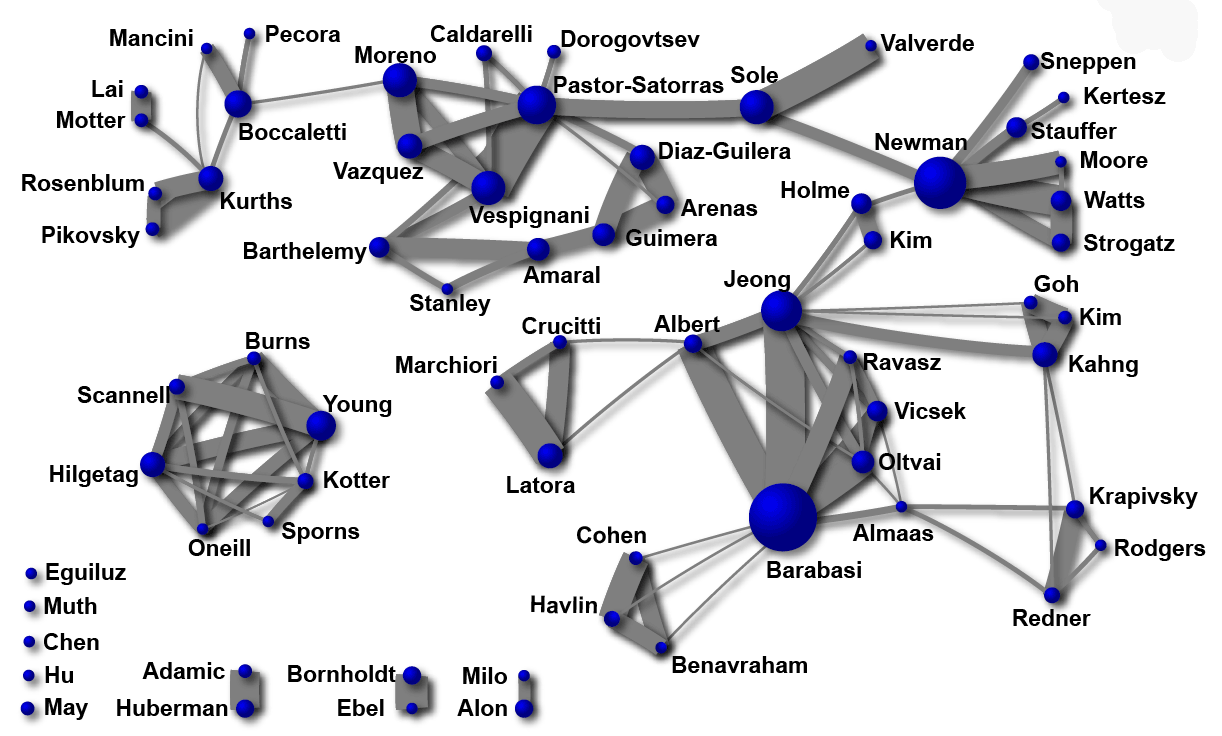 During the same period, I have also studied the structural properties of Scientific Collaboration Networks, (SCN), trying to unveil the structure of collaborations among scientists that have co-authored at least one scientific paper. Within such framework, I have tried to uncover the relations between the popularity of a scientist, and its centrality meant as, for example, the ability of "act like a bridge" between two separate communities corresponding to two different fields of knowledge or two geographically independent places. During the same period, I have also studied the structural properties of Scientific Collaboration Networks, (SCN), trying to unveil the structure of collaborations among scientists that have co-authored at least one scientific paper. Within such framework, I have tried to uncover the relations between the popularity of a scientist, and its centrality meant as, for example, the ability of "act like a bridge" between two separate communities corresponding to two different fields of knowledge or two geographically independent places.
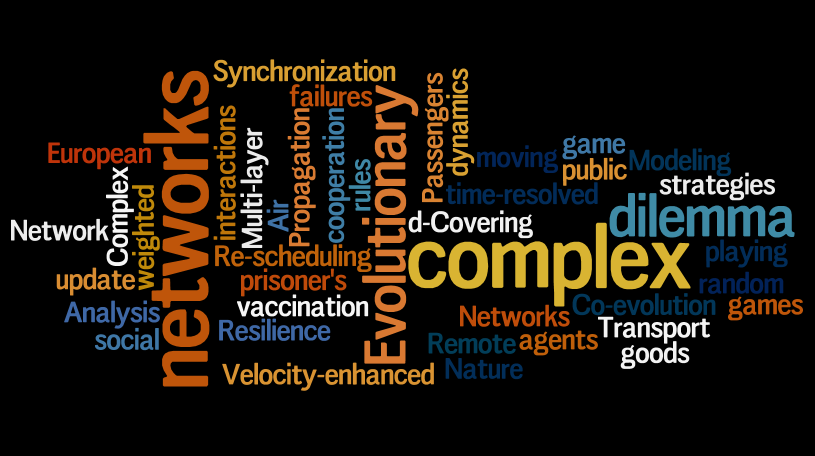 The second part of my scientific career (corresponding with the PhD), has been more focused towards the study of dynamical processes using complex networks to mimic their interaction pattern. In particular, I am interested in studying the concept of collective behaviours observed in systems of interacting elements. For this reason, I have dealt with problems related to spreading of infections, evolution of cooperation, synchronization, and so on. The second part of my scientific career (corresponding with the PhD), has been more focused towards the study of dynamical processes using complex networks to mimic their interaction pattern. In particular, I am interested in studying the concept of collective behaviours observed in systems of interacting elements. For this reason, I have dealt with problems related to spreading of infections, evolution of cooperation, synchronization, and so on.
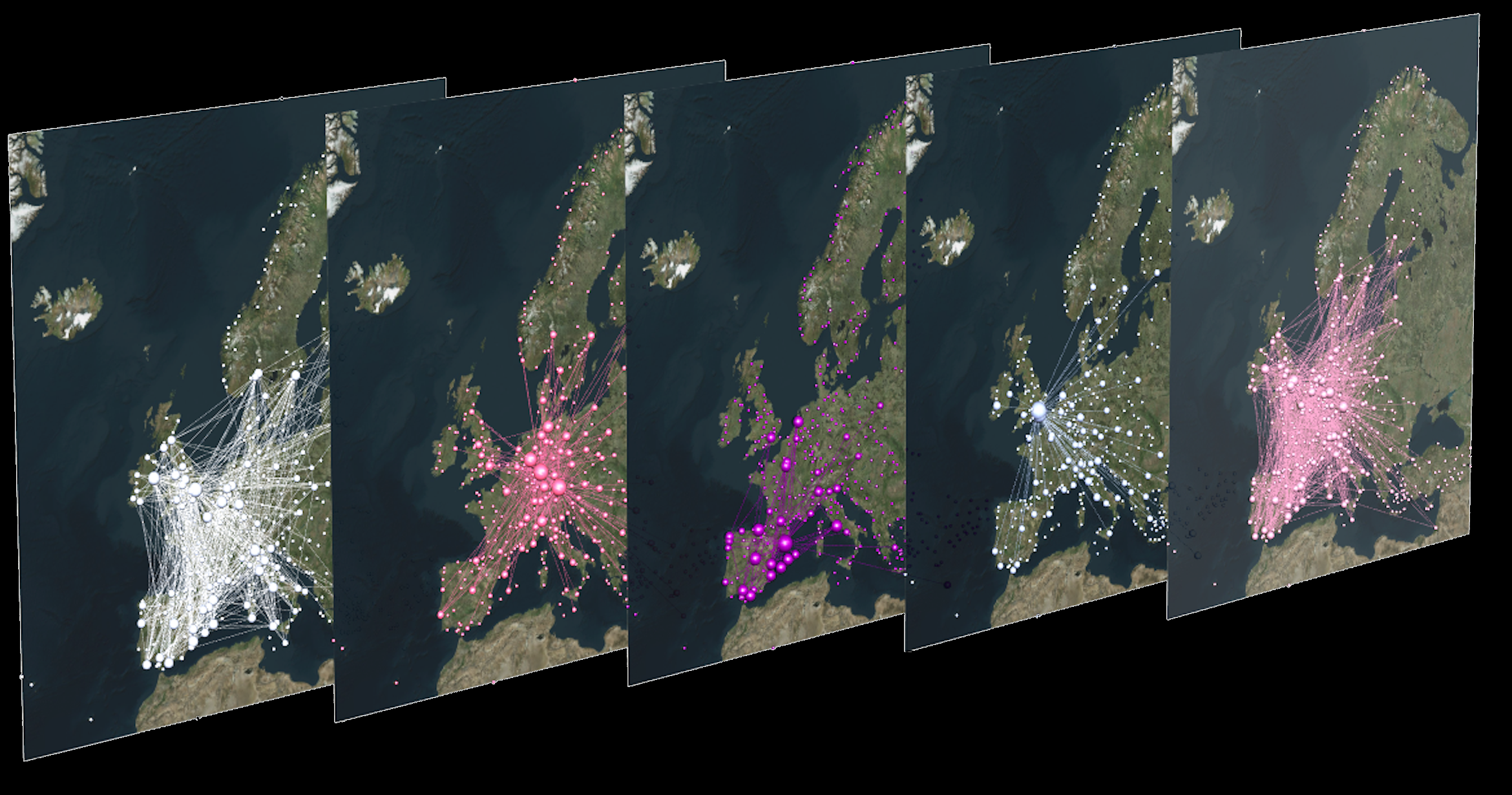 In the last few years, the field of complex networks has experienced the appearence of new, interesting, formalisms used to study more realistic situations. The appearence of time-varying and multilevel networks, together with the co-evolutionary approach, have allowed to study systems under a more realistic approach than before. In the light of that, I have devoted part of my research efforts towards both the structural characterization of such systems, and the application of dynamical processes on top of them. In the last few years, the field of complex networks has experienced the appearence of new, interesting, formalisms used to study more realistic situations. The appearence of time-varying and multilevel networks, together with the co-evolutionary approach, have allowed to study systems under a more realistic approach than before. In the light of that, I have devoted part of my research efforts towards both the structural characterization of such systems, and the application of dynamical processes on top of them.
|
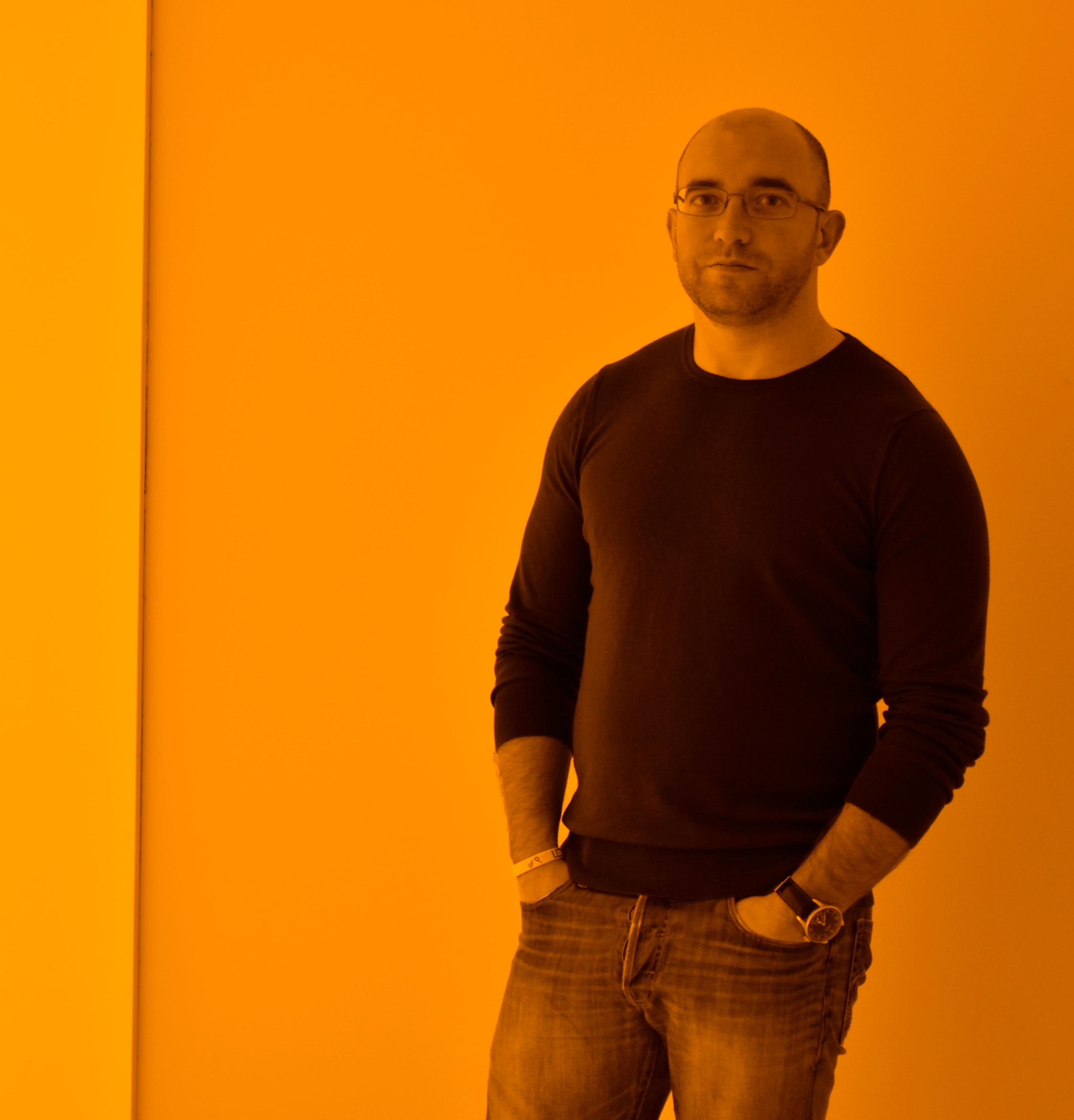
Alessio Cardillo
Department of Condensed Matter Physics,
University of Barcelona
C/ Marti i Franques 1
08028 -- Barcelona
Spain
Contacts:
alessio.cardillo ub.edu ub.edu
|